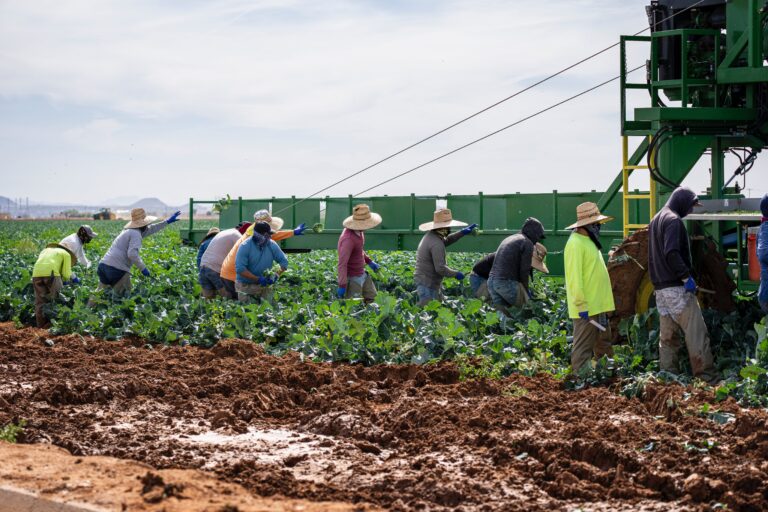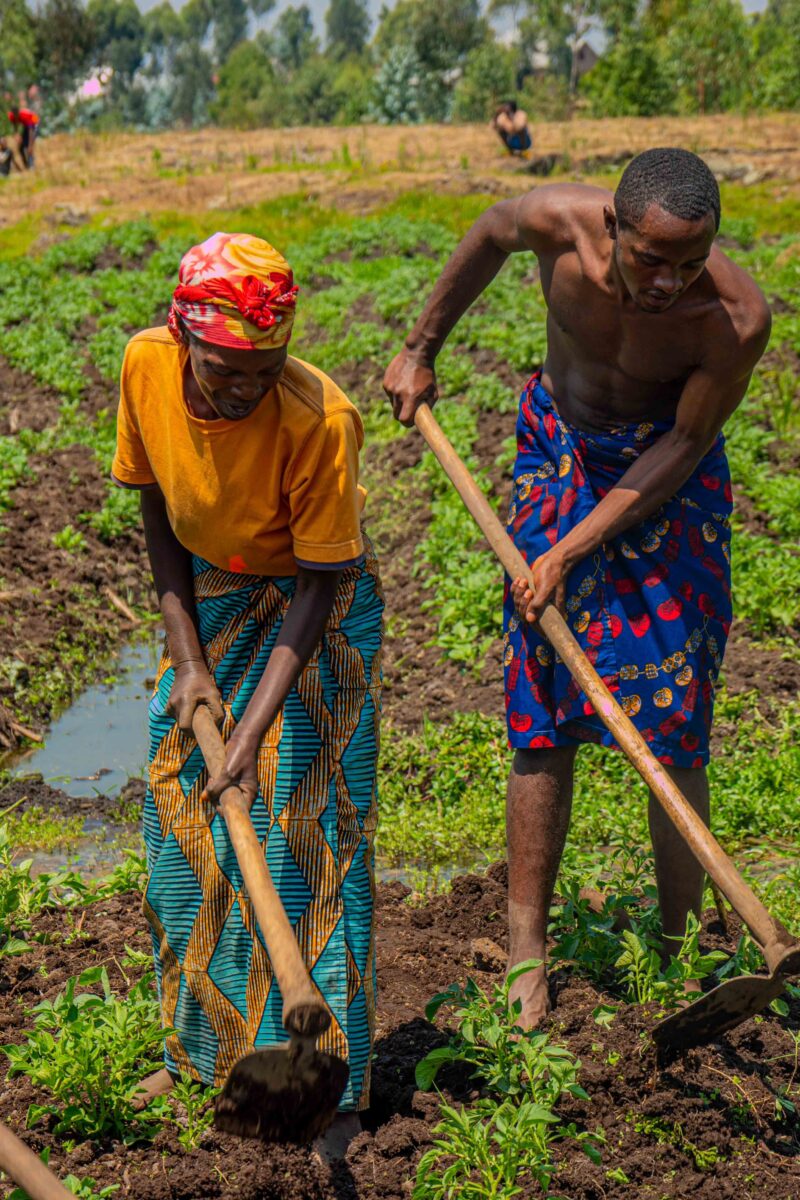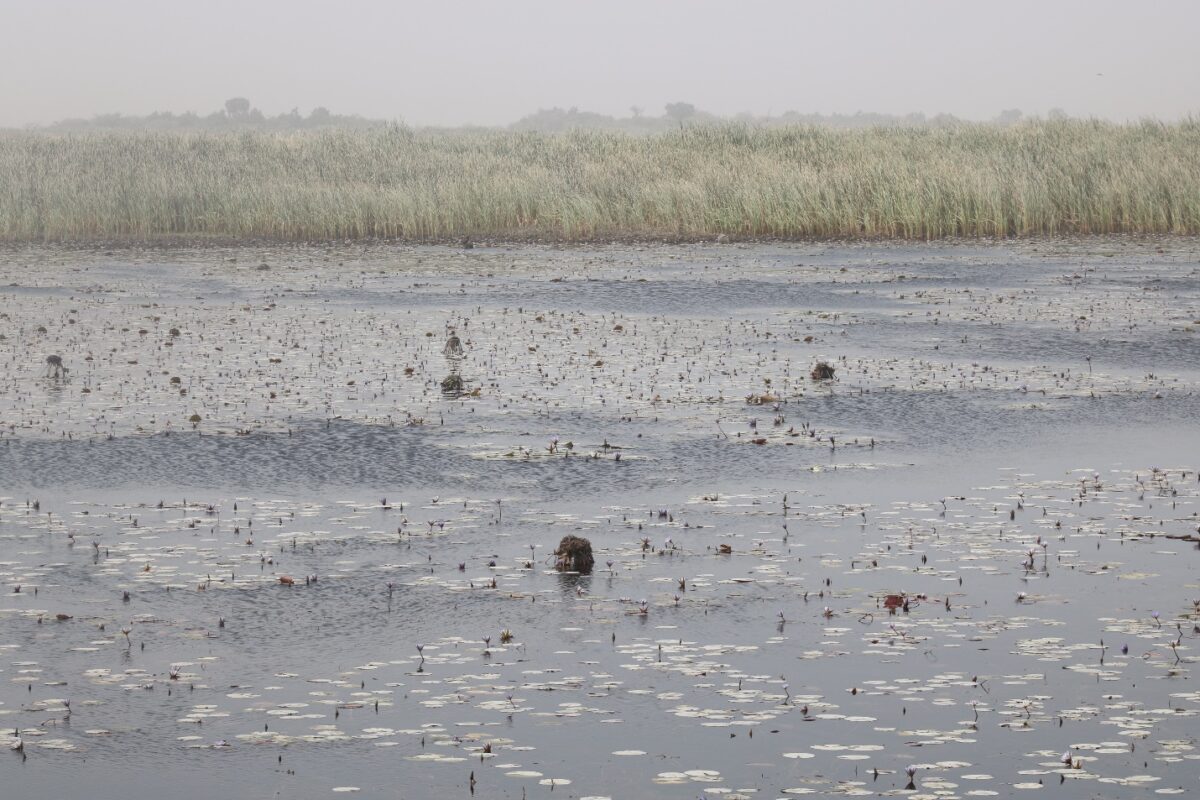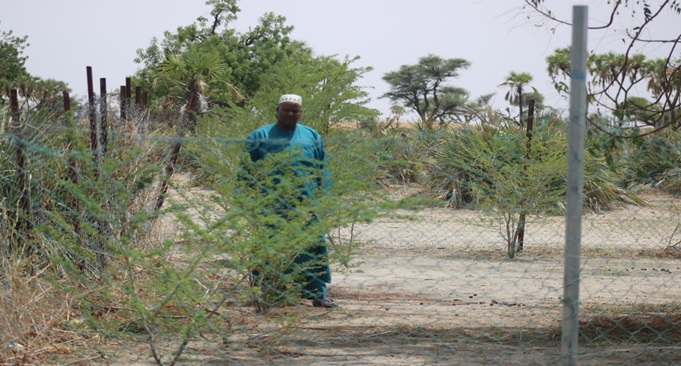Why Yobe State.
SPECIFIC ENVIRONMENTAL CHALLENGES IN YOBE STATE THAT LINKS TO ACRESAL YOBE PDO
Yobe is the most desertlike state in the country. This cannot be debated or argued about, not with the most numerous oases and sand dune-covered areas that have topped all of its counterparts in the group of states in the country that are considered to be on the edge of the Sahara. An inventory of these oases and their importance for agriculture and the environment showed that there are between 250 and 300 in the state, mainly in the three most desertified local government areas: Yunusari, Yusufari, and Karasuwa. Over the years, erosion in the area has gotten a lot worse, and many of these oasis towns are in danger of being wiped out by the fast-moving sands of the Sahara Desert. This has caused many problems and hardships for the people living on the state’s northern edges. Most of their income and way of life came from these oasis areas, which were used for dry-season irrigation and potash mining because rain-fed agriculture wasn’t as profitable in the area.


Drought affects incomes, agricultural production and causes serious environmental problems that are difficult to recover from. Drought has been poorly documented in recent years, and the impacts are increasing in magnitude and complexity. Drought and desertification are more pronounced in north-eastern Nigeria. Nigeria is considered one of the world’s most deforested countries, with losses of ~55.7% of the primary forests, nearly half the forest in the country. This can be attributed to poverty problems in the country. The country’s northeast region has the country has highest poverty rate, especially the states severely affected by desertification and drought. The northeast region has a poverty rate of 76.3% compared to the mean national 69.2% relative rate. About 80% of people in northern Nigeria are involved in farming, especially crop production and pastoral farming.
Yobe State is one of the most severely affected by drought and is among Nigeria’s nine droughts and desertification frontline States. Nigeria loses ~351,000 hectares of land annually due to desertification and southward movement of sand. It is estimated that the southward movement of sand is ~0.6 km per year and Yobe State has lost ~25,000-30,000 hectares annually in the last decade. Drought in the northeast region plays a significant role in increased desertification. Farmers in Yobe State were chosen as the sample group due to their vulnerability to drought. Among the six north-east States Borno and Yobe States are the most severely affected by desertification. Some States in the northwest are also severely affected, including Katsina, Jigawa, Sokoto, Kebbi, and Zamfara.


Climate change is an undeniable threat. It is one of the most challenging and complex issues for humankind, which if not dealt with in time may lead to serious environmental consequences. A natural resources-based economy, Nigeria, is at high risk of changing climatic conditions. Amid increasing population, rapid urbanization, and industrialization, climate change seriously threatens communities in semi-arid and arid regions of Nigeria and Yobe State. Climate variability directly affects the Nigerian economy’s key sectors: Agriculture, Water, Natural Ecosystems & Biodiversity, and Health. A vast population depends on climate-sensitive sectors like Agriculture, Forest, and Fisheries for their livelihood. More than half of Nigeria’s population directly depends on natural resources for their livelihood and sustenance; these people are vulnerable to the threats posed by the increasingly changing climate.
The harsh and arid climate, exacerbated by persistent drought conditions, exerts serious stress on the state’s scanty, fragile, and delicate vegetation cover. Human pressure in terms of expansion of agricultural activities into hitherto marginal areas, fuel wood collection, settlements, grazing, and other development activities is exacerbating the rate of land degradation in the State. The result is large-scale loss of vegetation cover, loss of soil fertility, reduction of primary productivity, of topsoil to wind and water erosion and, subsequently, creating desert-like conditions (desertification). In addition to desertification, the state also faces several ecological challenges, including flooding, gully erosion, deforestation, and wind erosion,
The effects of desertification activities in the state have led to large-scale loss of the state’s vegetation cover and loss of nutritive topsoil to wind and water erosion, all of which translates into (i) low yield of crops, (ii) reduction in primary productivity through soil exhaustion and salinization, (iii) degradation of oases and early drying up of water bodies, and (iv) dunes deposition or coarse flood sediments which manifest in the loss of settlements, all of which are reinforcing themselves to increase the extent of aridity, land degradation and desertification.


At least 10 out of 17 local government areas of the state have been badly affected by desertification, and in some cases have resulted in the devastation of settlements. The affected LGAs are Bade, Busari, Geidam, Jakusko, Karasuwa, Machina, Nguru, Tarmuwa, Yunusari and Yusufari. Some of the settlements that have been devastated by desertification include Tulotulowa, Kaska, Bula-tua and Yusufari in Yusufari LGA, Bula-Modu, Bulabudu and Toshia in Yunusari LGA, and Abaderi and Karasuwa in Karasuwa LGA.
Rampaging mobile sand dunes have caused a lot of damage to farming communities, the rich oases in the state and other land users whose livelihoods depend on the land and biodiversity resources. The situation has forced many farmers to abandon their ancestral homes to shift to less affected areas, thereby setting into motion a spiraling process of ecologically-induced population changes and subsequent conflicts among various land users (farmers and herdsmen) who are forced to compete for diminishing natural resources. The impact of desertification is also felt on the two major rivers, which support large-scale dry-season farming in the state. These are rivers Yobe and Kumadugu Gana. The preponderance of sand movement along their courses hassled to increasing silting of the river systems, thus threatening to block the channels and exacerbating the floods along their banks.
The siltation of most of the river courses and channels due to drought and desertification has led to blockage of the main river channels in many places, resulting in the flooding of settlements located along the riverbanks and the submergence of many farmlands in the affected areas. Uncontrolled human development activities along the river channels have also led to the emergence of invasive species of grasses such as the cat-tail (Typha) grass which has blocked river channels in the Hadeija-Nguru wetlands, causing periodic flooding in the region. The most vulnerable flooded areas in the state are Damaturu, Gashua, Ngalda Ngelzarma and Nguru.
Thus, just as drought and desertification have become major environmental problems in many parts of the State, flood, particularly along the banks of some of the major rivers, has become a serious environmental hazard. Yet the flood plains could become major means of sustainable livelihood for the poor if properly managed. Therefore, only an improved environmentally friendly approach to the management of land on which about 70% of the citizenry depend for survival will ensure its sustenance.
Wetlands are critical in an arid water-scarce environment that exists in many parts of the State, yet much of the State’s wetlands have been degraded. This serious degradation is caused, for example, by the building of dams, incorrect land use practices including grazing and burning, invasive alien species, the use of wetlands for abstraction of water, their drainage, their drainage for agricultural cultivation and urban development and general inappropriate land management.


By and large, desertification process has remained unchecked in the state, and it has continued to cause considerable damage to the productive ecosystem of the region. Productive farmlands and rich oases are relentlessly being invaded by sand dunes and this is impacting negatively on the livelihoods of the people. Agriculture, which provided employment opportunities for more then 80% of the population, is seriously hampered, and this is contributing to the extent of poverty of the people.
In addition to desertification-induced ecological degradation about 50% of the state, large hectares of the arable lands in Yobe state, human settlements and infrastructural facilities such as roads, have also been lost to gully erosion. The most seriously affected local government areas in this respect are Damagum, Fika, Gujba, Gulani and Potiskum, particulrly in Bularafa, Bumsa, Damagum, Goniri, Mamudo, Nagere, Ngalda, and Potiskum townships.
Access to cleaner, affordable, and efficient energy services is critical for overcoming poverty and ensuring environmental sustainability. Less than 35% of the households in the state have access to electricity and, for most inhabitants, fuel wood constitutes a significant source of energy use. The huge amount of firewood consumption by the rural communities and urban poor translates to deforestation of hundreds of hectares of woodland, loss of biodiversity, and soil degradation. All these activities are aggravating the desertification process in the state. Without an adequate concerted effort to start tackling the problem on a large scale, the whole state could be at risk of ecological destruction.

